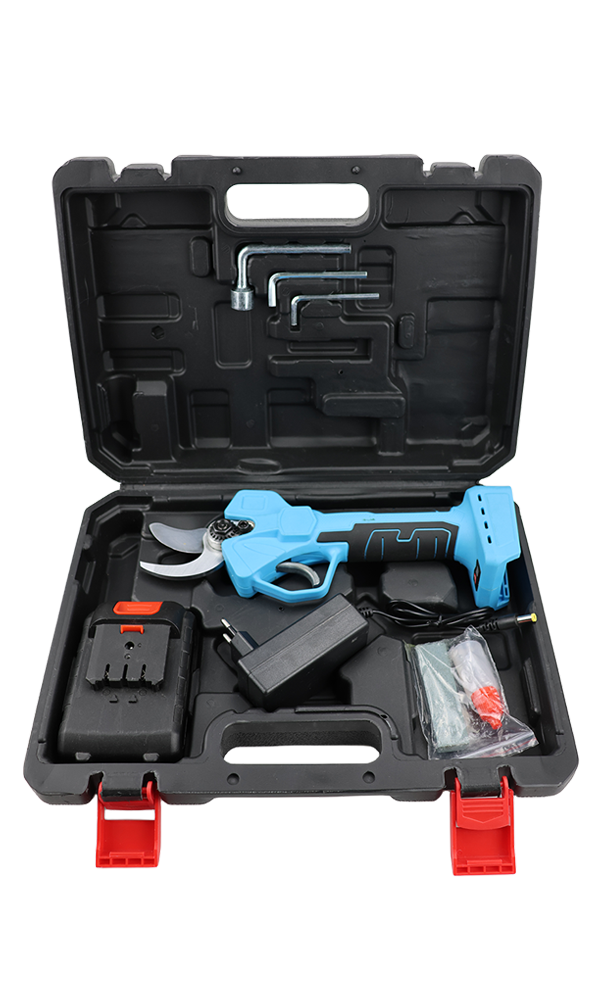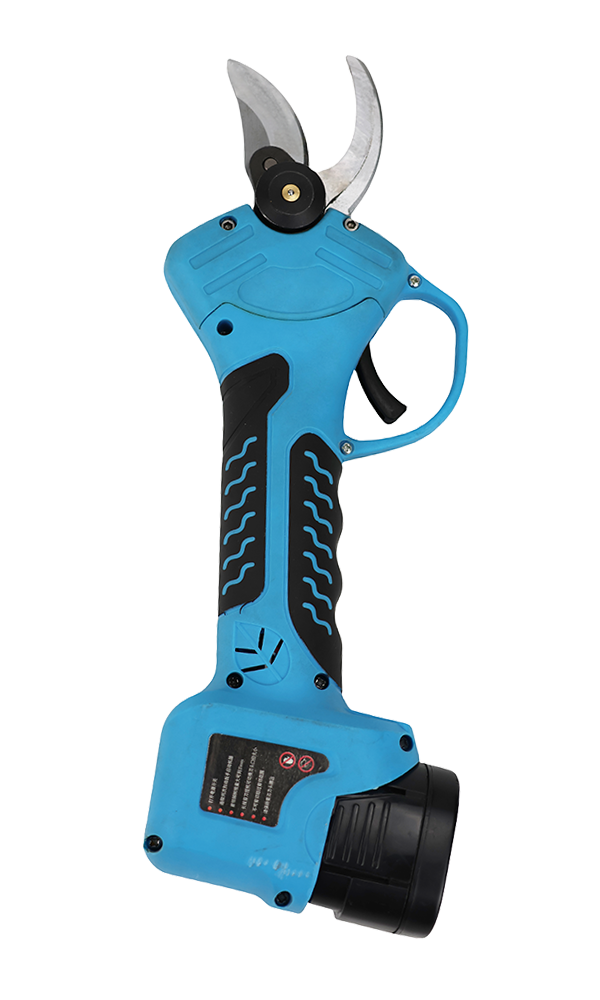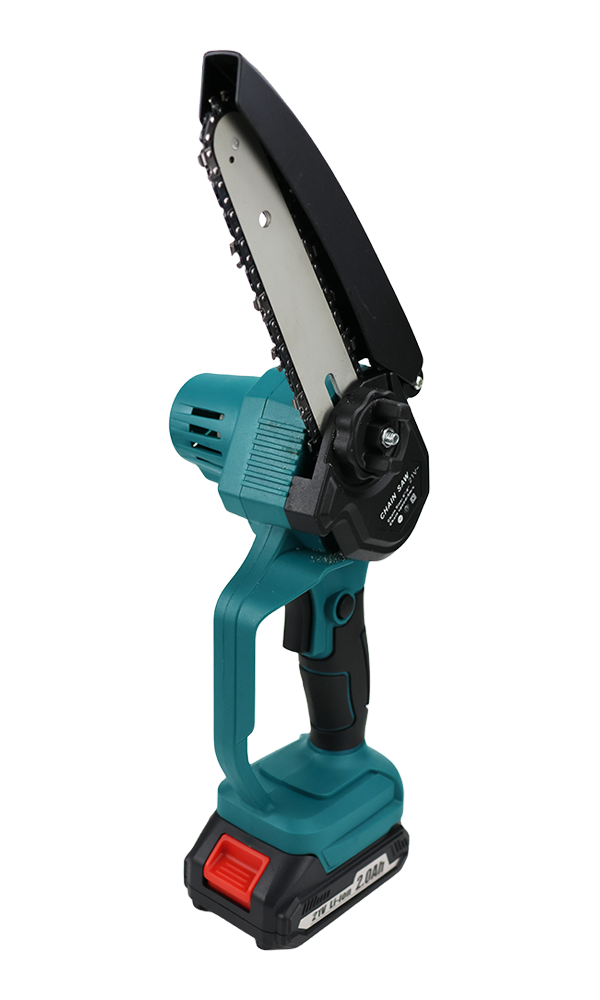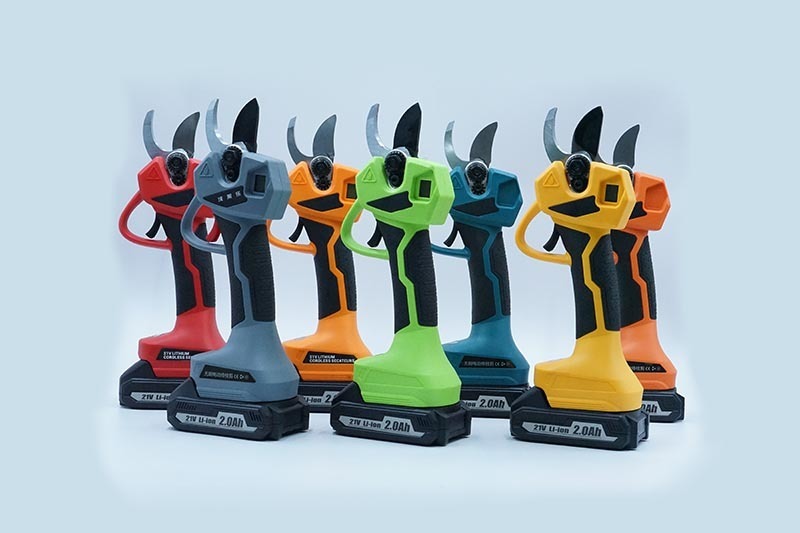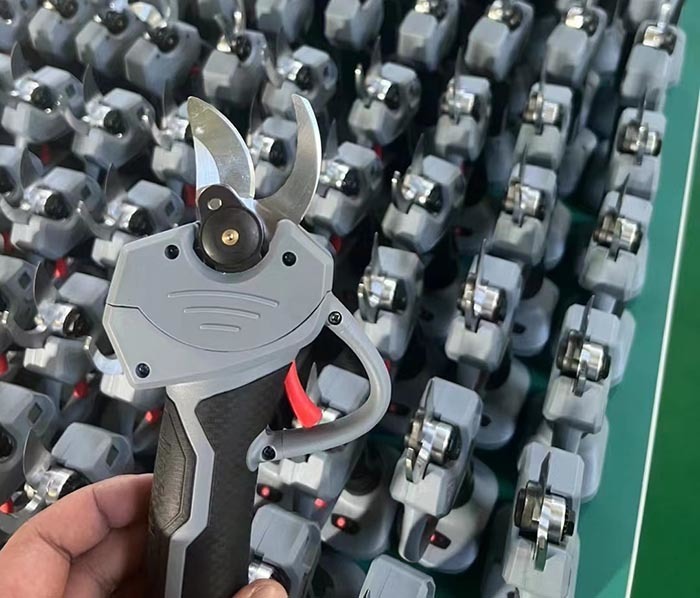NEWS
May 07,2025
Top 10 Must-Have Features of High-Quality Garden Pruning Shears
Top 10 Must-Have Features of High-Quality Garden Pruning Shears
Gardening is an art, and to master it, one requires the right tools. Among these tools, **garden pruning shears** stand out as essential for maintaining plant health and aesthetics. Understanding the features that define high-quality pruning shears can significantly enhance your gardening experience. In this comprehensive guide, we explore the **top 10 must-have features** of high-quality garden pruning shears, ensuring you make an informed choice.
Table of Contents
1. The Importance of Quality in Pruning Shears
2. Essential Features to Look For
2.1 Blade Material
2.2 Blade Type
2.3 Cutting Mechanism
2.4 Ergonomic Design
2.5 Weight and Balance
2.6 Locking Mechanism
2.7 Replaceable Parts
2.8 Comfort Grip Handles
3. Choosing the Right Pruning Shears for Your Garden
4. Maintenance Tips for Longevity
5. Frequently Asked Questions
6. Conclusion
The Importance of Quality in Pruning Shears
Investing in high-quality **garden pruning shears** is essential for several reasons. Quality tools not only improve your efficiency but also enhance the health of your plants. Dull or poor-quality shears can cause damage to your plants, leading to issues such as infection or stunted growth. With the right pruning shears, you'll be able to make clean cuts, reducing the chance of harming your plants.
Essential Features to Look For
When selecting pruning shears, certain features can significantly influence performance and user satisfaction. Here, we delve deeper into **eight critical features** that define high-quality garden pruning shears.
2.1 Blade Material
The durability and performance of pruning shears greatly depend on the **blade material**. High-quality shears typically feature blades made from stainless steel or carbon steel. Stainless steel is resistant to rust and corrosion, making it ideal for outdoor use. On the other hand, carbon steel blades are known for their sharpness and edge retention. Investing in shears with high-quality blades ensures longevity and optimal cutting performance.
2.2 Blade Type
There are primarily two types of blades found in pruning shears: **anvil and bypass**. Bypass blades function like scissors, with two sharpened blades that slide past each other for clean cuts. These are ideal for fresh, live plants. Anvil blades, conversely, consist of a sharp blade that cuts against a flat surface, making them suitable for dead wood and thick branches. Understanding the type of blade will help you select the right tool based on your gardening needs.
2.3 Cutting Mechanism
The **cutting mechanism** of pruning shears can affect both usability and efficiency. Some shears feature a ratcheting mechanism, which allows for easier cutting through thick branches by providing multiple cutting stages. This feature is particularly beneficial for individuals who may struggle with strength or endurance, ensuring a more manageable pruning experience.
2.4 Ergonomic Design
Ergonomics plays a crucial role in the comfort and effectiveness of gardening tools. **Ergonomic design** minimizes strain on the hands and wrists, allowing for extended use without discomfort. Look for features such as padded grips, curved handles, and finger guards that offer comfort and prevent slippage during use.
2.5 Weight and Balance
The weight and balance of pruning shears can greatly influence their performance. Lightweight shears are easier to handle and reduce fatigue during prolonged use. However, balance is equally important, as well-balanced shears provide better control and precision when making cuts. It is advisable to test different models to find one that feels comfortable in your hands.
2.6 Locking Mechanism
A **locking mechanism** is an essential safety feature that keeps the blades closed when not in use. This prevents accidental cuts and ensures that the shears are safe for storage. Look for models with a secure and easy-to-use lock that can be operated with one hand for added convenience.
2.7 Replaceable Parts
Opting for pruning shears with **replaceable parts** is a sustainable choice. High-quality brands often offer parts like blades and springs that can be replaced when worn out. This feature extends the life of the shears, making them a cost-effective investment over time.
2.8 Comfort Grip Handles
Handles with a **comfort grip** are vital for prolonging usage without discomfort. Soft rubberized grips or contoured handles can significantly enhance user experience, making it easier to exert force without straining your hands. When choosing your shears, consider models that provide excellent grip and control for a seamless pruning experience.
Choosing the Right Pruning Shears for Your Garden
When selecting pruning shears, consider your specific gardening needs. Assess the types of plants you typically work with and the size of branches you will be cutting. For instance, if you primarily prune small, live branches, bypass pruners with sharp blades will suffice. Conversely, if you deal with thicker branches or dead wood, anvil-style shears may be more effective.
Additionally, consider your personal comfort and physical capabilities. Test various models to find the one that feels the most comfortable in your hand, making sure you can maneuver it easily for precision cuts.
Maintenance Tips for Longevity
To ensure your pruning shears remain in top condition, regular maintenance is crucial. Here are some essential tips:
1. **Clean After Use**: Remove sap and debris after each use to prevent rusting and maintain blade sharpness.
2. **Sharpen Blades**: Regularly sharpen the blades using a sharpening stone or professional service to ensure clean cuts.
3. **Lubricate Moving Parts**: Apply oil to the pivot points to keep the shears operating smoothly.
4. **Store Properly**: Keep your pruning shears in a dry place, away from moisture, and consider using a protective cover.
Following these maintenance tips will prolong the life of your pruning shears and enhance their performance.
Frequently Asked Questions
1. How do I know if my pruning shears are dull?
If you notice that your shears are tearing rather than cutting through branches, or if you have to exert extra force to make cuts, it’s likely time to sharpen them.
2. Can I use pruning shears for all types of plants?
While pruning shears are versatile, it’s essential to choose the right type based on the plant's anatomy. Bypass shears are better for green, living stems, while anvil shears work best for dry wood.
3. What is the best way to sharpen pruning shears?
You can sharpen pruning shears with a sharpening stone or file. Ensure you maintain the original angle of the blade for the best results.
4. Are expensive pruning shears worth it?
Higher-priced pruning shears often come with better materials, features, and durability. Investing in quality tools can save money in the long run, considering their extended lifespan.
5. How often should I maintain my pruning shears?
Maintenance should be done regularly after use, with sharpening and lubrication performed as needed, typically at the start and end of the gardening season.
Conclusion
In conclusion, selecting the right garden pruning shears is crucial for any gardener looking to enhance their plant care routine. By understanding the **top 10 must-have features**, such as blade material, ergonomic design, and cutting mechanisms, you can make an informed decision that aligns with your gardening style and needs. Regular maintenance will ensure your shears remain effective and last for many gardening seasons to come. Investing in high-quality pruning shears not only benefits your plants but also elevates your overall gardening experience.
You can sharpen pruning shears with a sharpening stone or file. Ensure you maintain the original angle of the blade for the best results.
4. Are expensive pruning shears worth it?
Higher-priced pruning shears often come with better materials, features, and durability. Investing in quality tools can save money in the long run, considering their extended lifespan.
5. How often should I maintain my pruning shears?
Maintenance should be done regularly after use, with sharpening and lubrication performed as needed, typically at the start and end of the gardening season.
Conclusion
In conclusion, selecting the right garden pruning shears is crucial for any gardener looking to enhance their plant care routine. By understanding the **top 10 must-have features**, such as blade material, ergonomic design, and cutting mechanisms, you can make an informed decision that aligns with your gardening style and needs. Regular maintenance will ensure your shears remain effective and last for many gardening seasons to come. Investing in high-quality pruning shears not only benefits your plants but also elevates your overall gardening experience.
Maintenance should be done regularly after use, with sharpening and lubrication performed as needed, typically at the start and end of the gardening season.
Conclusion
In conclusion, selecting the right garden pruning shears is crucial for any gardener looking to enhance their plant care routine. By understanding the **top 10 must-have features**, such as blade material, ergonomic design, and cutting mechanisms, you can make an informed decision that aligns with your gardening style and needs. Regular maintenance will ensure your shears remain effective and last for many gardening seasons to come. Investing in high-quality pruning shears not only benefits your plants but also elevates your overall gardening experience.
Latest News
Mar 13,2024

